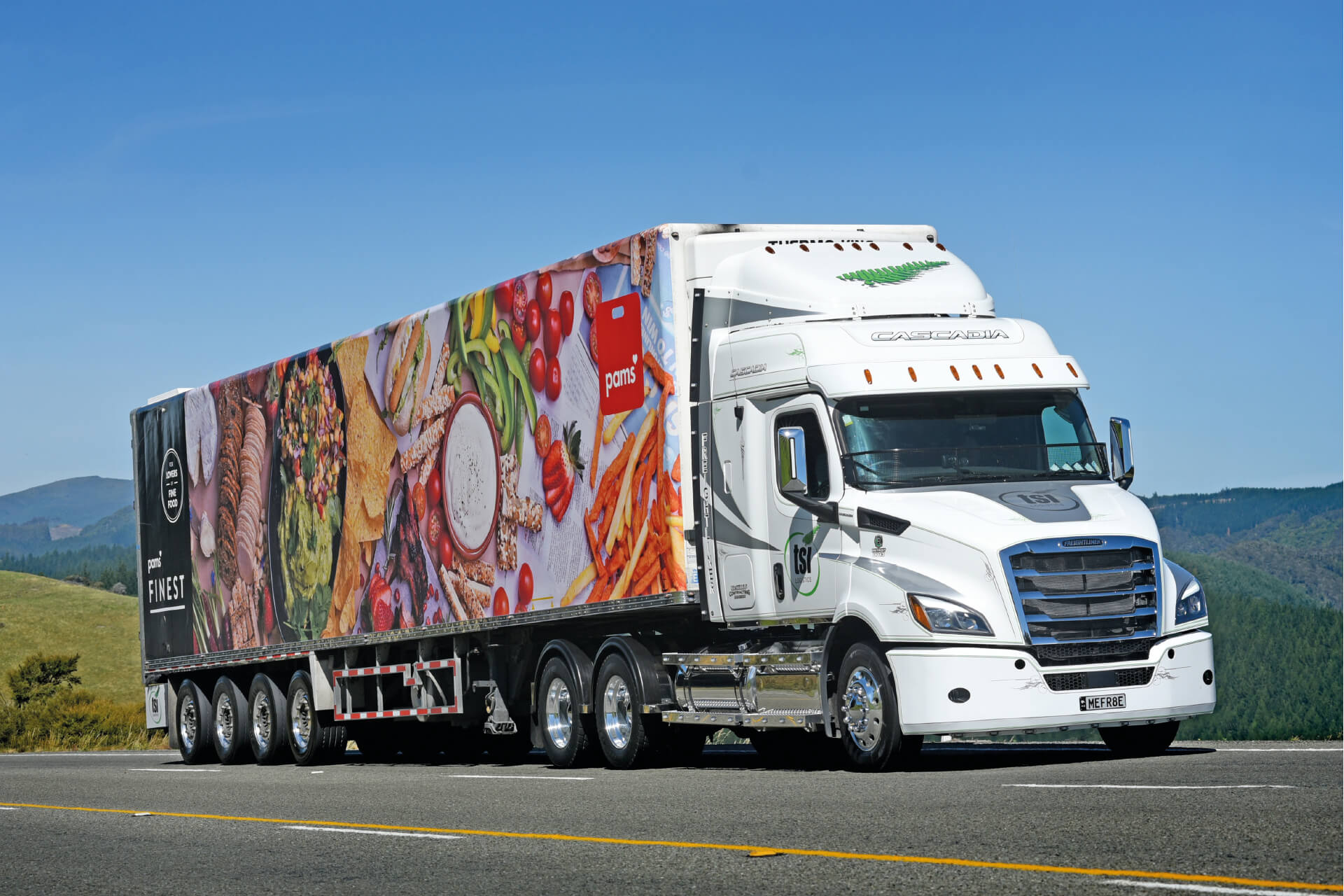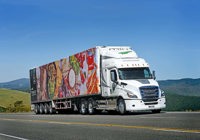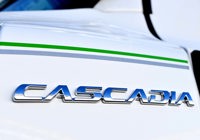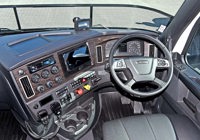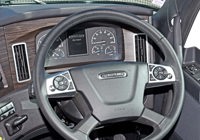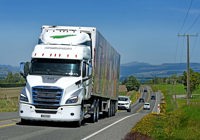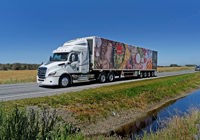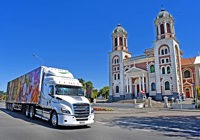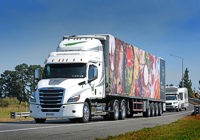Alex (Tex) McKillop laughs as he guides the TSI Logistics Freightliner Cascadia up Pine Hill and onto Dunedin’s northern motorway.
“I’ve been a fan of Freightliner for years, so I was really looking forward to this model. But it has exceeded all my expectations – it’s the complete package.”
Given a 19-year association with the brand and the fact that he turns trucks over quickly, it’s little surprise that Tex has been the first to put a Cascadia on the road in this country. His six-strong fleet (five of them Freightliners) is fully contracted to TSI Logistics, the transport arm of Foodstuffs South Island. The trucks run doubleshifted and seven days a week, shuttling bulk temperature-controlled loads between the supermarket chain’s distribution centres in Dunedin and Christchurch, as well as servicing supermarkets in south Otago and Southland.
Trucks in the McKillop Contracting stable are usually replaced in just over three years – a measure of the distances they travel: Upwards of 470,000km per year.
As Tex points out, they are always a good proposition for the next buyer: “With around 1.5 million kilometres up, they might need a new engine, but in all other respects – things like wiring, suspension components and the like – they’re still great.”
We finally have a brand-new breed of truck launched in New Zealand, but – thanks to COVID – with very little fanfare and some delays.
It’s a truck that I’ve been really looking forward to testing: It’s no secret that we have always found faults with Freightliners’ cab rattles. The last Coronado we tested had part of the dash falling off – and it had only 5000kms on the clock.
Now, when the Cascadia had its Australasian launch, Daimler Trucks North America president and CEO Roger Nielsen said deciding to build a right-hand-drive version of the Cascadia “comes down to having the guts to make the investment. If I go back to making a RHD version of the Columbia, or the FLC 112, or even the Coronados today…you wouldn’t find us spending money that was more than one single digit million (dollars). Okay.
“And you saw that impact – of that low investment, that cheap….low-volume tooling that went into those products – that resulted in basically a product that….yeah didn’t meet all the expectations of the customers. Let’s say that nicely.

